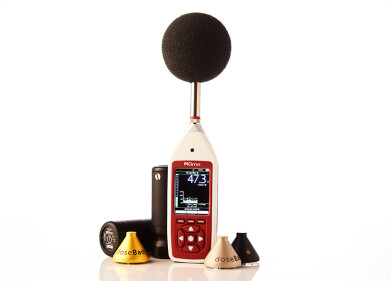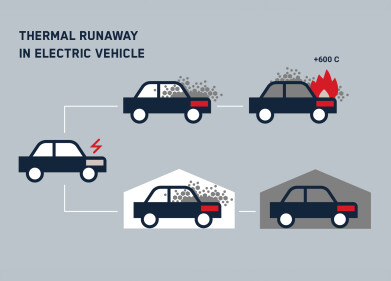Health & safety
What are Man-Made Earthquakes?
Sep 27 2014
We’re all familiar with earthquakes as a natural phenomenon. But what about those that are man-made? Over recent years, the number of earthquakes in the US has accelerated. In fact, from 2010-13, scientists observed an average of more than 100 earthquakes measuring 3.0 or higher on the richter scale, every year. That’s in comparison to just a 20 per year average from 1970-2000. So, what has changed?
One of the most frequently blamed activities for man-made earthquakes is fracking. In fact, fracking could cause large, worldwide earthquakes, according to scientists. It’s a hotly debated method of extracting oil or gas from the ground - not least for the impact it has on the environment. While anti-fracking campaigners have been quick to say that the practice can cause earthquakes, scientific studies have now started backing up this claim.
How may fracking cause earthquakes?
Hydraulic fracking uses unusual drilling methods. But perhaps the most concerning process is the disposal of wastewater, sometimes referred to as fracking fluid. To prevent contaminants from entering the freshwater cycle, this wastewater is blasted thousands of feet underground, via a well. The problem is that no-one really knows where it goes, and what the impact may be. Scientists hypothesise that this water is responsible for increasing underground pressures and stimulating faults; leading to man-made earthquakes.
Oklahoma and the case for man-made earthquakes
One of the most prolific areas for man-made earthquakes is Oklahoma - a state that now owns the accolade of ‘earthquake capital of America’. Between January and July of 2014, Oklahoma recorded close to 250 earthquakes - almost half of all 3.0 or higher quakes in the whole of the States. According to scientists, four fracking wells are to blame for one-fifth of these. These wells, pumping higher volumes of wastewater and chemicals than average, were observed to trigger earthquakes as far as 40km away.
As a result, Oklahoma is looking to introduce regulatory measures - ensuring that the volume and pressure of injection wells are kept to a minimum. While the quakes are unlikely to do large-scale damage, it’s clear that the induction of seismic activity is not desirable - especially as this is a relative unknown. In fact, according to research by Danielle Sumy at the University of Southern California, an Oklahoma wastewater injection site was responsible for triggering numerous earthquakes along a fault line - ending in a quake with a 5.7 magnitude.
Recently, seismic activity in Colorado prompted a halt to the disposal of wastewater from fracking. Seismic activity was detected in the area around the well, ceasing operations, according to state regulators. This news story, Fracking 'Triggers Colorado Earthquake', looks at this event in more detail.
What next?
As for the future, this field of study is still in its infancy, and there will inevitably be further dialogue between scientists and the oil industry at large. Right now, the industry does acknowledge the risk of man-made earthquakes via fracking, but there is still much work to be done in determining why, and how, the risks are increased.
Digital Edition
AET Guide 2025
March 2025
Buyer's Guide Directory - Product Listings by Category - Suppliers Listings (A-Z) Air Monitoring - Stack Emissions Multi-Gas Analysis: OFCEAS<sup>®</sup> Technology Seduces the Market...
View all digital editions
Events
Mar 18 2025 Expo Santa Fe, Mexico
Mar 18 2025 Moscow, Russia
Mar 19 2025 Manila, Philippines
Mar 19 2025 New Delhi, India
Mar 20 2025 Guangzhou, China














.jpg)




